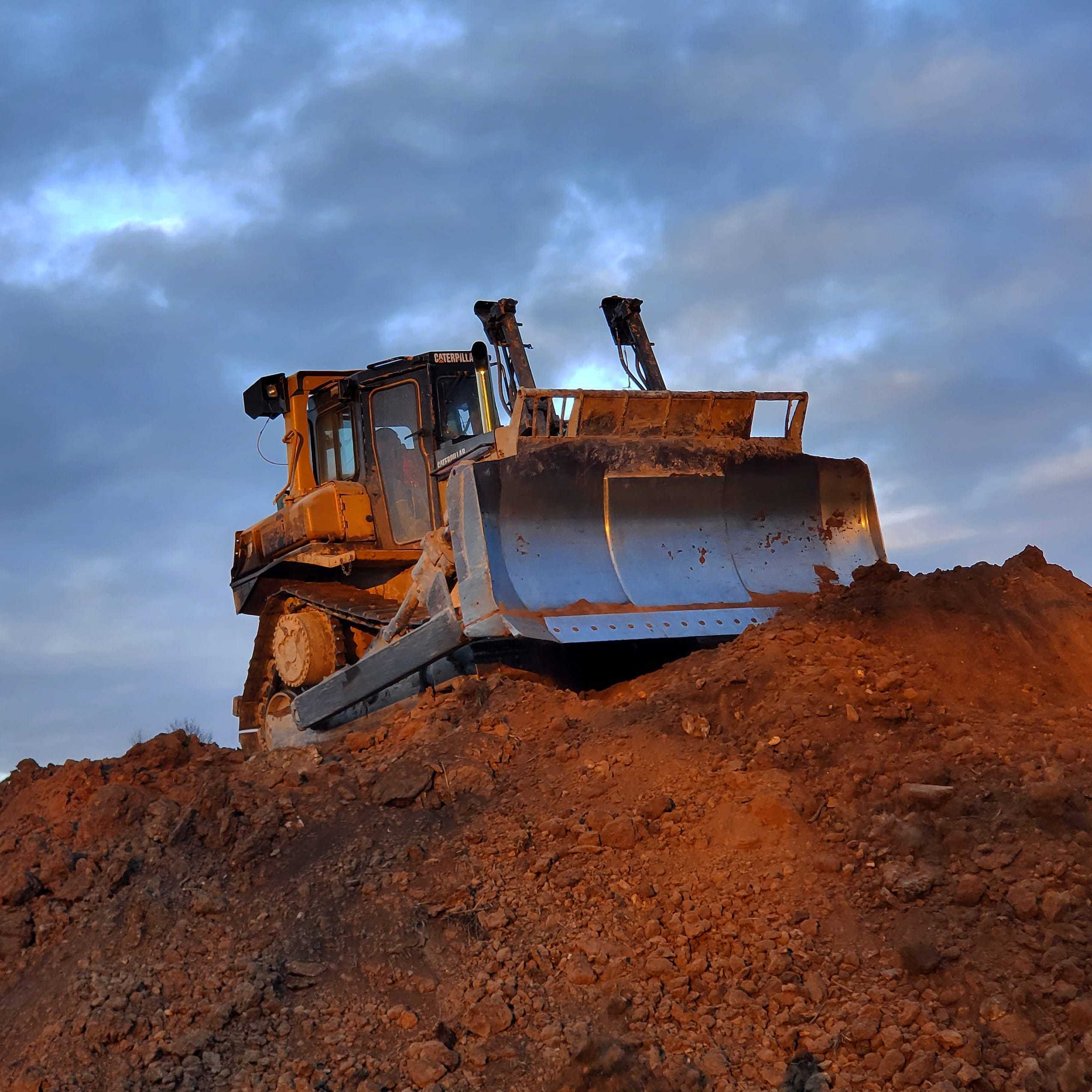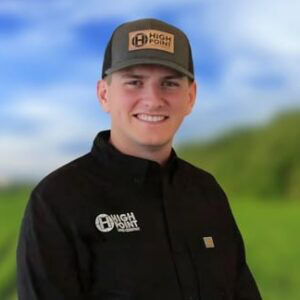Travis Owen
Missouri Land Specialist
What Clay Mining Looks Like From Start to Reclamation
So, what does clay mining actually look like? How do we start the process?
In this second part of my blog series, I will guide you through the steps. We will start from the first contact with a company and go to the final reclamation of the land. I base this on my personal experience from our family farm and my work in the industry.
Step One: Finding the Right Company
The first step is to connect with the correct companies. We’ve dealt with some that are great at paying their bills, and others we caught running more trucks than they were paying us for.
This is the most crucial step. My personal belief is simple: if I can’t trust you, I can’t have you on my property. The ground we stand on is the most important thing behind God and family.
Step Two: Exploratory Drilling
Once you’ve found a reputable company, they’ll likely want to conduct exploratory drilling. This needs some paperwork. You have two options:
- You can let them lease your mineral rights if they discover something valuable.
- Alternatively, you can agree to pay for the drill truck.
Exploratory drilling typically begins randomly, sometimes guided by visible changes in the landscape. Once they hit clay, they document the depth, thickness, and location. If it seems promising, they will do a grid pattern drill. This drill usually has intervals of 10 to 25 feet. It helps estimate tonnage and see if mining is worth the cost.
Step Three: Permitting and Site Prep
If the clay is good, the company will begin the permitting process. They will work with Missouri’s Department of Natural Resources (DNR). Once approved, they’ll strip the topsoil and pile it out of the way for later use.
Next is infrastructure. This includes trenching for electric lines, installing the scale house, and building a truck loop. We also need to create a loading zone, lay red clay roads, and prepare for excavation.
Step Four: Mining and Hauling
This type of operation is known as strip mining and is regulated by MSHA (Mine Safety and Health Administration) guidelines. Once a stockpile is ready, they begin loading semis — each carrying up to 80,000 lbs of clay — bound for clients.
Step Five: Reclamation
Once the workers mine the clay, the company begins dismantling the infrastructure. Then comes reclamation. Overseen by the DNR, this phase typically takes years, which is beneficial for landowners.
Sometimes the mined area becomes a gently sloping valley, reseeded for pasture. Other times, it can become a lake.
Leaving a body of water is often cheaper for the company. However, landowners usually have the final say. The DNR reviews a checklist to ensure all conditions are met.
In my experience, the DNR defers the final sign-off to the landowner. Once they approve it, the mining company receives back the bond it had to put up for the project.
Will the Land Ever Be the Same?
Most people worry their ground will never be the same after mining — and if I’m being honest, it won’t be. But that doesn’t mean someone has ruined it. If you drive down the lane of our family farm today, you’d be hard pressed to tell where the mines once were. With the right approach, your land can have a second life — and in some cases, be better suited to your future goals than before.
If you’re considering clay mining on your land, I can help. I have real experience, not just theory. I’m happy to chat with you.
Do you want to learn more?
If you’re considering buying, selling, or managing land, reach out to a local High Point Land Company Agent. For more questions, visit our YouTube Knowledge Center.
About Travis Owen
Travis Owen was born and raised just outside Middletown, Missouri. He spent his childhood in the outdoors, hunting and working on the family farm. After graduation, he hit the road as a pipefitter, hunting from state to state on his days off.
In 2021, Travis moved back to Missouri and purchased his first piece of land with his wife in Lincoln County, MO. During the off-season, he enjoys improving the habitat for local wildlife. He has extensive knowledge of timber stand improvement, invasive species removal, and utilizing fire as a land management tool.
Travis has a wealth of outdoor knowledge, from hunting and farming to dirt work. He is passionate about helping others succeed, no matter their goals.
Whether you need assistance setting up a property for more efficient hunting, increasing encounters with target game species, solving erosion problems through soil conservation, or making land improvements, Travis is eager to help. If you are interested in selling your Missouri farmland, call Travis Owen at (573) 470-8776 or email him at travis@highpointlandcompany.com


